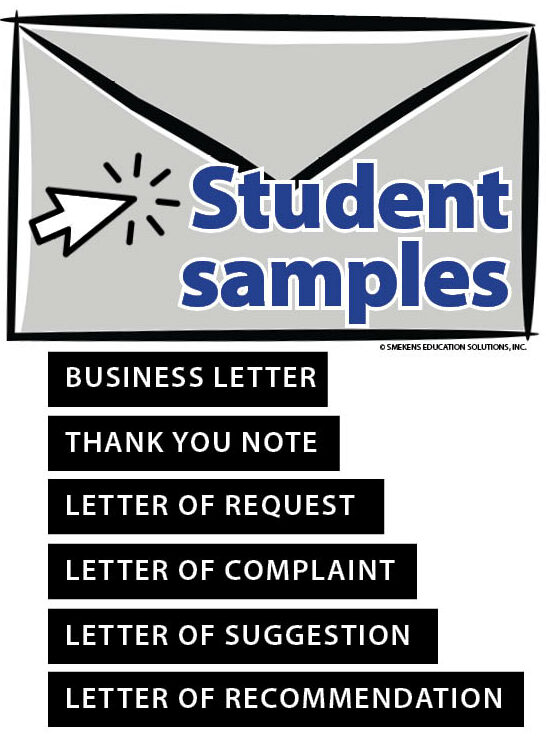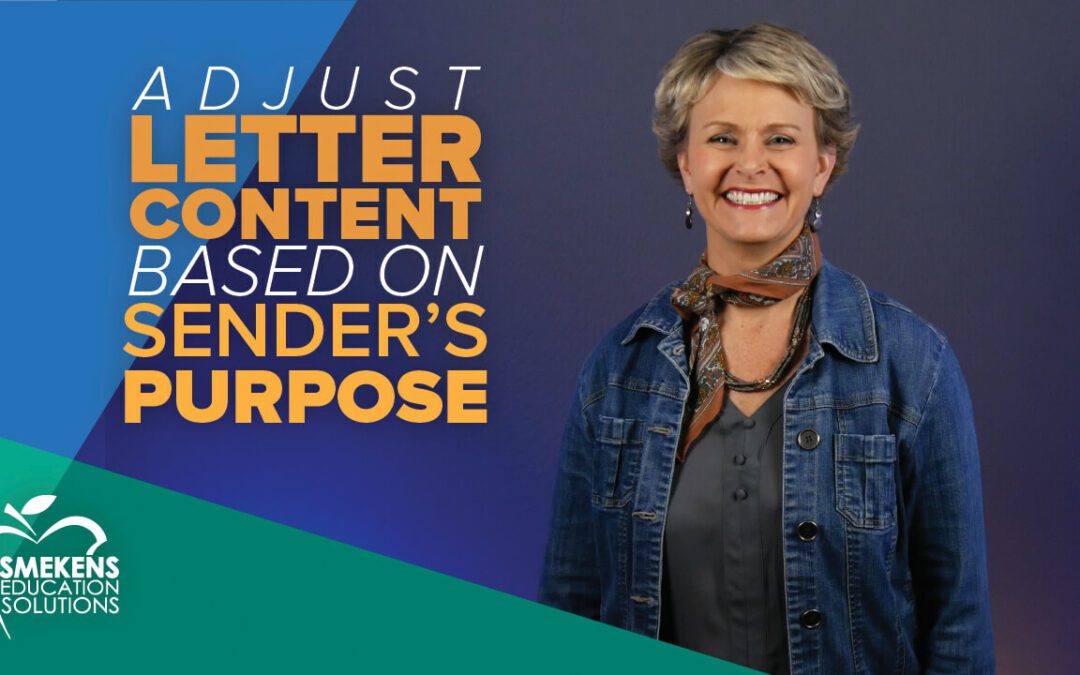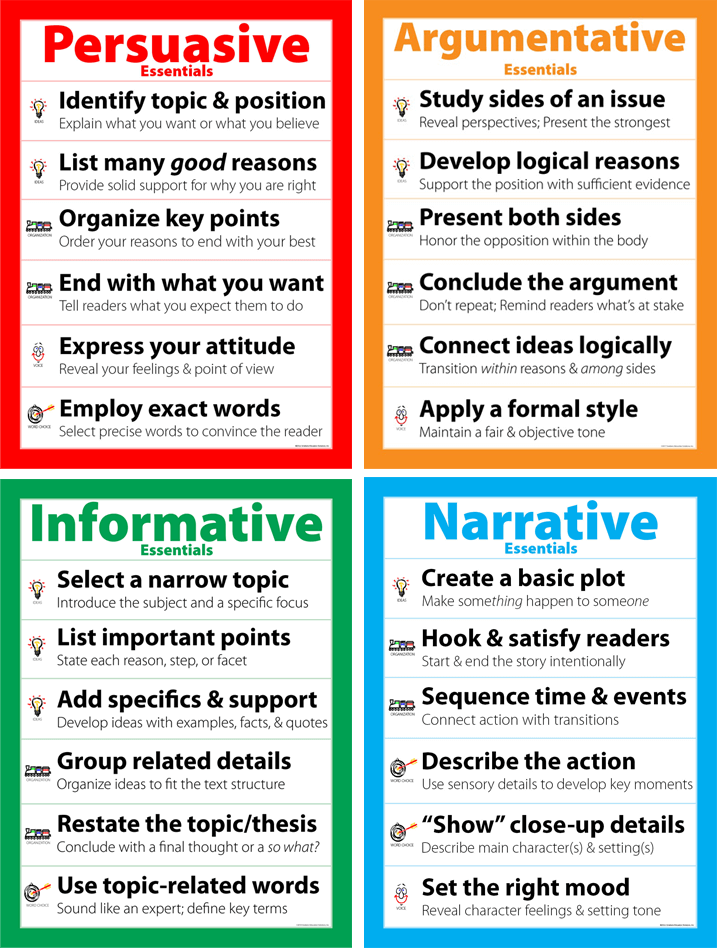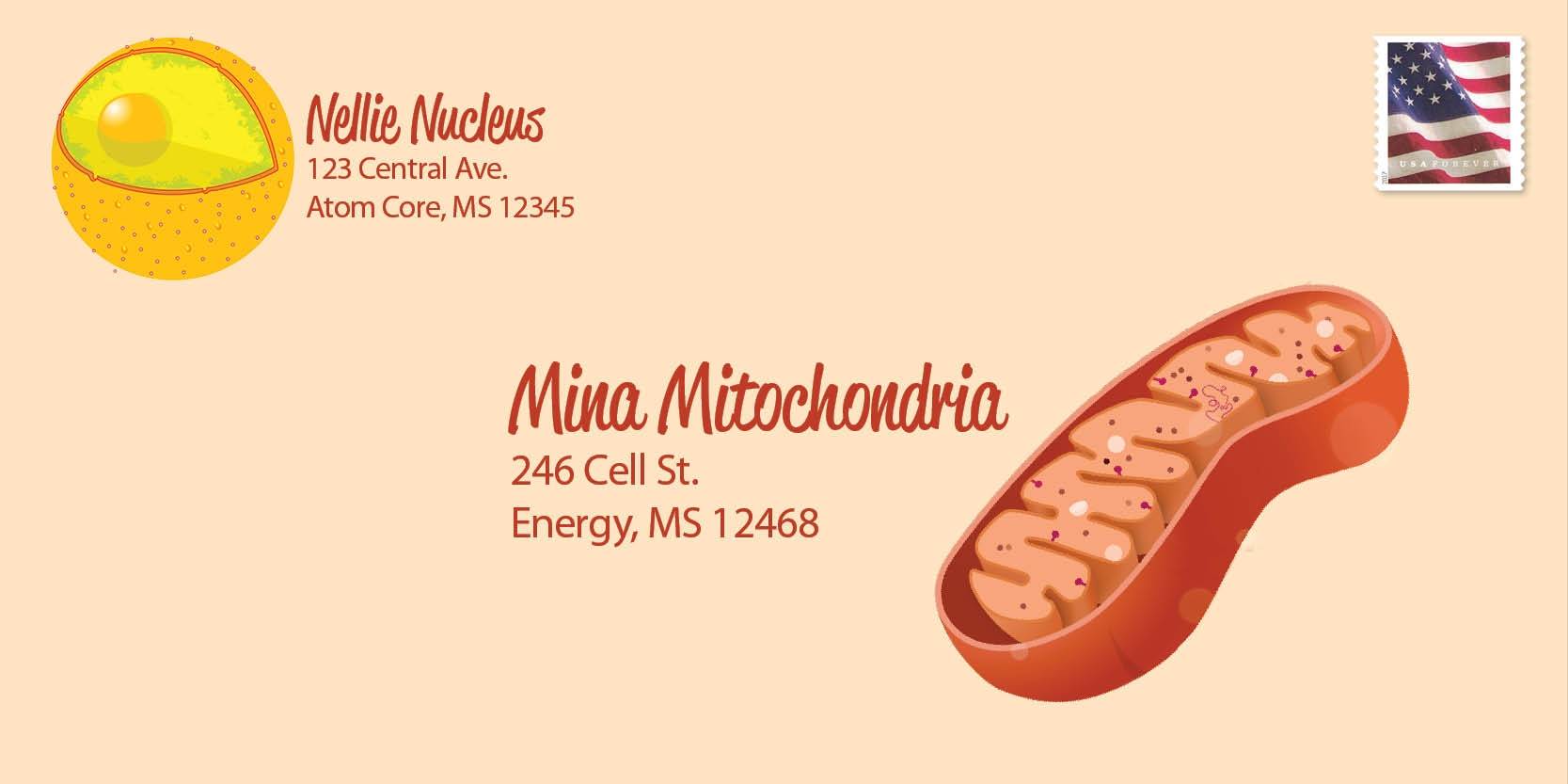Learning Center
Teach letter writing based on the sender’s purpose
 The genres associated with letter writing have gone through a dramatic change as technology has evolved. And although “snail mail” has been largely replaced with electronic communications, students still need explicit instruction on how to correspond with an audience.
The genres associated with letter writing have gone through a dramatic change as technology has evolved. And although “snail mail” has been largely replaced with electronic communications, students still need explicit instruction on how to correspond with an audience.
Although these lessons will undoubtedly include teaching the parts of a letter and formatting guidelines (e.g., how to head a business letter, how to create block paragraphs, how to select an appropriate greeting or closing for the audience), the emphasis should be on the body paragraphs. Specifically, teach how the content of a letter changes based on the sender’s intended purpose.
Persuasive correspondence
SENDER’S PURPOSE: To share an opinion (about someone or something) with the intent of persuading the reader to take a certain action or change his thinking.
COMMON GENRES: Letter of complaint, Letter of suggestion, Letter to the editor (newspaper or magazine), Letter to Santa Claus, Letter of recommendation, Apology letter
TYPICAL CONTENT:
- State an opinion (about someone or something).
- List specific reasons with an explanation for each. (Explain how your idea can improve something, solve something, or benefit someone. Introduce potential consequences of not agreeing with your opinion.)
- State the action or response desired from the recipient.
Informative correspondence
SENDER’S PURPOSE: To inquire, announce, or explain something to the reader.
COMMON GENRES: Newsletter, Inquiry letter, Thank-you note, Congratulations/Promotion letter, Resignation letter, Hello/Goodbye letter
TYPICAL CONTENT:
- State the reason for writing (e.g., inquiring about what, informing about what, thanking for what, etc).
- Provide specific details about the topic (e.g., who, what, when, where, why, how).
- (For long letters) Conclude with a short summary to ensure the main points don’t get lost.
Narrative correspondence
SENDER’S PURPOSE: To share a story, describe an event, or relive a memory with the reader.
COMMON GENRES: Letter to a friend or relative, Social media post about an experience, etc.
TYPICAL CONTENT:
- State the event or experience you are sharing/recalling.
- Explain who was involved (characters) and when/where (setting) this happened.
- Describe what happened (problem) and the outcome (solution).
- Reflect on why you wanted to share this story with the recipient (e.g., how it reminded you of him, what you learned from it, how it made you feel, etc.).
Although the purpose impacts the content in a letter, all correspondence genres have similar expectations for overall length and readability.
- Readers expect the letters to be focused and short. This is not a genre that beats around the bush. The purpose for the letter is very clear—usually stated explicitly within the opening line(s).
- Keep body paragraphs short. This is not a genre of flowery words, grand descriptions, or wordy examples. Avoid unnecessary detail or chatter.
- Reveal each main point in its own paragraph. State it in the topic sentence and follow with ONLY the pertinent details.
- Use precise word choice. Whether the correspondence is formal or friendly, this genre avoids figurative language. The sender wants there to be no confusion on what he meant.






Excellent! Thank you for the relevance of including modern forms of letters.
So glad you found this article helpful! Letter writing has changed over the years with the advances in technology. And perhaps because of those changes, instruction on letter writing needs to be even more explicit.